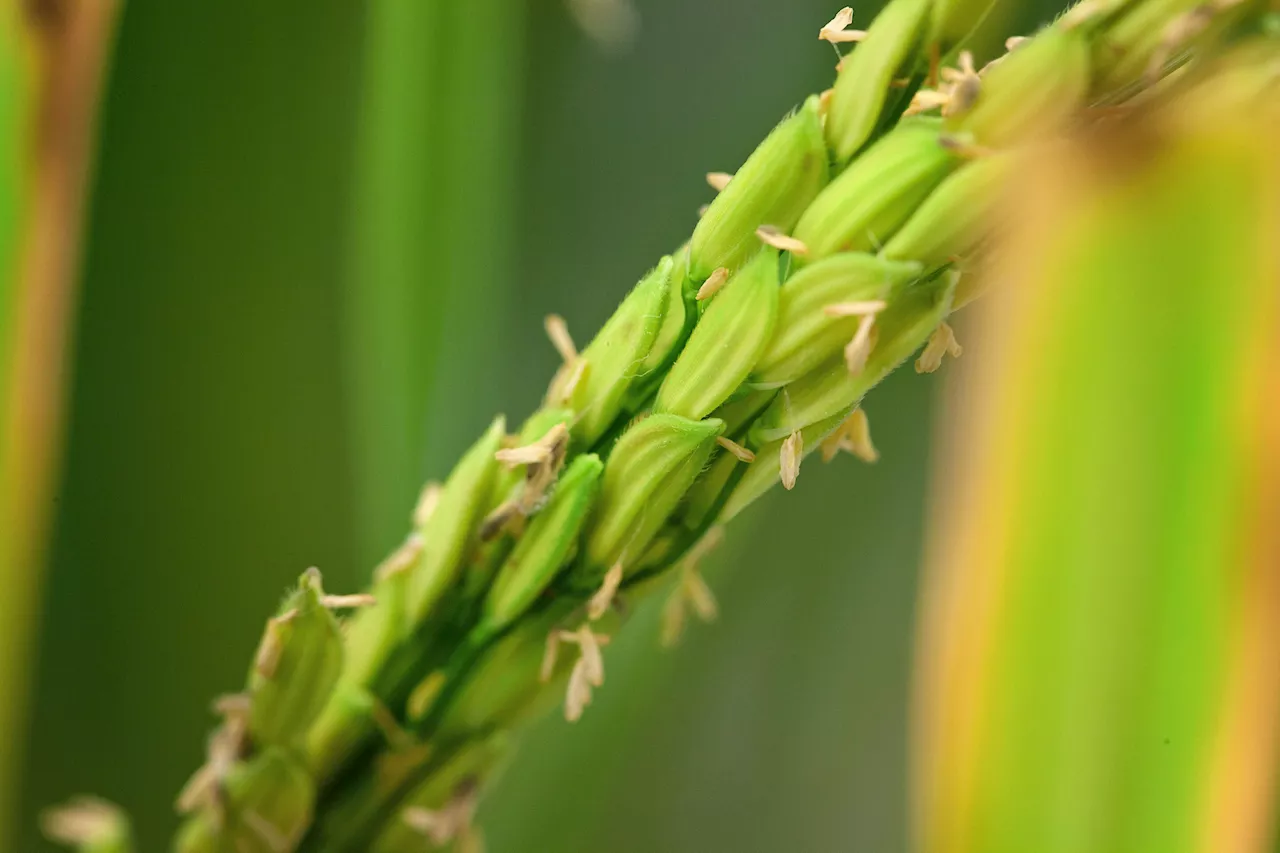Researchers use CRISPR/Cas9 to alter upstream DNA, boosting gene expression and photosynthesis in a food crop for the first time.
A team of researchers has exhibited, for the first time, the ability of CRISPR-based gene editing to alter photosynthesis.
According to researchers, the research marks the first unbiased attempt to elevate gene expression and enhance downstream photosynthetic activity. In contrast to synthetic biology techniques that employ genes from other living forms to enhance photosynthesis, all plants naturally possess the genes responsible for photoprotection.
The strategy of the lab was to modify the DNA upstream of the target gene, which regulates the amount and timing of gene expression, using CRISPR/Cas9. They intended to analyze how much those modifications would affect downstream activities.“We were a little bit surprised, but I think it goes to show how much plasticity plants and crops have. They’re used to these big changes in their DNA from millions of years of evolution and thousands of years of domestication,” said Patel-Tupper.
Gene-Editing Genes Photosynthesis Rice UCB
Malaysia Latest News, Malaysia Headlines
Similar News:You can also read news stories similar to this one that we have collected from other news sources.
 Changes Upstream: RIPE team uses CRISPR/Cas9 to alter photosynthesis for the first timeScientists used CRISPR/Cas9 to increase gene expression in rice by changing its upstream regulatory DNA. While other studies have used the technology to knock out or decrease the expression of genes, this study, is an unbiased gene-editing approach to increase gene expression and downstream photosynthetic activity.
Changes Upstream: RIPE team uses CRISPR/Cas9 to alter photosynthesis for the first timeScientists used CRISPR/Cas9 to increase gene expression in rice by changing its upstream regulatory DNA. While other studies have used the technology to knock out or decrease the expression of genes, this study, is an unbiased gene-editing approach to increase gene expression and downstream photosynthetic activity.
Read more »
 Research team uses CRISPR/Cas9 to alter photosynthesis for the first timeA team from the Innovative Genomics Institute at the University of California, Berkeley (UCB) has produced an increase in gene expression in a food crop by changing its upstream regulatory DNA.
Research team uses CRISPR/Cas9 to alter photosynthesis for the first timeA team from the Innovative Genomics Institute at the University of California, Berkeley (UCB) has produced an increase in gene expression in a food crop by changing its upstream regulatory DNA.
Read more »
 US scientists create world’s first seedless blackberry using CRISPRUS company introduces the world's first seedless blackberry, revolutionizing fruit consumption and market dynamics.
US scientists create world’s first seedless blackberry using CRISPRUS company introduces the world's first seedless blackberry, revolutionizing fruit consumption and market dynamics.
Read more »
 New modified CRISPR protein can fit inside virus used for gene therapyResearchers have developed a novel version of a key CRISPR gene-editing protein that shows efficient editing activity and is small enough to be packaged within a non-pathogenic virus that can deliver it to target cells. Hongjian Wang and colleagues at Wuhan University, China, present these findings in the open-access journal PLOS Biology.
New modified CRISPR protein can fit inside virus used for gene therapyResearchers have developed a novel version of a key CRISPR gene-editing protein that shows efficient editing activity and is small enough to be packaged within a non-pathogenic virus that can deliver it to target cells. Hongjian Wang and colleagues at Wuhan University, China, present these findings in the open-access journal PLOS Biology.
Read more »
 Simple New Strategy Improves Safety and Precision of CRISPR Gene EditingScience, Space and Technology News 2024
Simple New Strategy Improves Safety and Precision of CRISPR Gene EditingScience, Space and Technology News 2024
Read more »
 Postdoc in CRISPR Meta-Analytics and AI for Therapeutic Target Discovery and Priotisation (OT Grant)APPLICATION CLOSING DATE: 14/06/2024 Human Technopole (HT) is a new interdisciplinary life science research institute created and supported by the Italian government, aimed at developing innovative solutions.
Postdoc in CRISPR Meta-Analytics and AI for Therapeutic Target Discovery and Priotisation (OT Grant)APPLICATION CLOSING DATE: 14/06/2024 Human Technopole (HT) is a new interdisciplinary life science research institute created and supported by the Italian government, aimed at developing innovative solutions.
Read more »
